SOURCE: IDRW.ORG TEAM
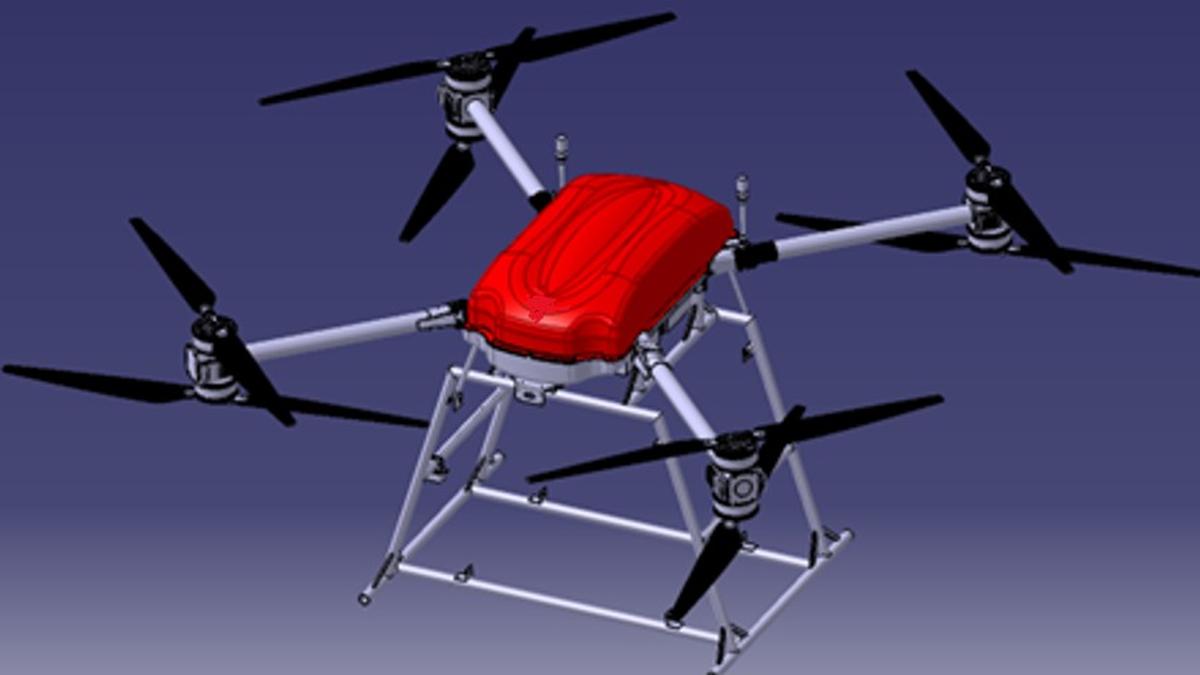
Researchers at the Madras Institute of Technology (MIT), Anna University, have made a significant breakthrough in drone technology with the development of a groundbreaking airborne-based intelligent autonomous landing system. This innovative system is designed to revolutionize the way drones operate, particularly in challenging environments.
The Indian Patent Office has granted a patent for this technology, recognizing its innovative nature and potential applications. The system enables mini-Unmanned Aerial Vehicles (UAVs) to accurately identify the geographical location of landing sites based on images captured from the air.
Continue readingSOURCE: RAUNAK KUNDE / NEWS BEAT / IDRW.ORG

The indigenously developed Akash Air Defense System, developed by the Defence Research and Development Organisation (DRDO), has become the go-to system for the Indian Air Force (IAF) to protect strategic and forward airbases across the country.
The Akash system has gradually replaced the Spyder Air Defense System, acquired from Israel, at several forward airbases. The IAF’s Akash launcher features a detachable trailer, towed by a Tata truck, allowing for autonomous positioning. Designed in collaboration with Larsen & Toubro, the Air Force launcher incorporates a set of missiles, a control center, a built-in mission guidance system, and C4I (command, control communication and intelligence) centers.
Continue readingSOURCE: RAUNAK KUNDE / NEWS BEAT / IDRW.ORG
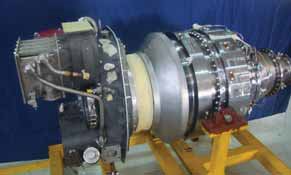
Hindustan Aeronautics Limited (HAL) inching towards a significant milestone in its indigenous engine development program. The company that had commenced Limited Series Production of the HTSE-1200 engine, sometime back that is set a powerful turbo-shaft powerplant designed to propel medium-sized helicopters.
The first batch of HTSE-1200 engines is expected to be delivered by mid-2025. Currently, 5 HTSE-1200 engines are in the fabrication stage, with the first engine slated for delivery next year.
Continue readingSOURCE: RAUNAK KUNDE / NEWS BEAT / IDRW.ORG

India is poised to make significant strides in aerospace technology with its ambitious plan to incorporate domestically produced parts and metallurgy into the Russian-supplied AL-31F jet engine used on the Su-30MKI platforms.
A hybrid technology demonstrator featuring enhanced Indian-made components, initially developed for the Kaveri engine program, is set to emerge in 2025. These components will replace inferior Russian counterparts, marking a major step towards self-reliance in engine technology.
Continue readingSOURCE: IDRW.ORG TEAM

India is closely monitoring Chile’s shipbuilding program and is keen to offer its expertise and capabilities to potential collaborations. A Chilean delegation is expected to visit Indian shipyards to explore opportunities for joint production with Astilleros y Maestranzas de la Armada (Asmar).
Both Chile and India operate Scorpène-class submarines, built by Naval Group. Chile’s Scorpène-class submarine, O’Higgins (SS-23), was constructed by DCNS in Cherbourg and Navantia in Cartagena, Spain.
Continue readingSOURCE: IDRW.ORG TEAM

India’s ambitious plans to become a major defense exporter are being hampered by the slow pace of warship construction within the country. While the Indian Navy has made significant strides in modernizing its fleet, the lengthy shipbuilding timelines have hindered its ability to compete effectively in the global defense market.
A key factor contributing to the slow construction times is the complexity and scale of Indian warships. Projects like the P17A frigate, for example, have taken an average of 78 months from block erection to the start of sea trials. This is significantly slower than comparable warships built by other navies. The Chinese PLAN Type 054B FFG frigate, for instance, takes only 12 months from block erection to sea trials, while the JMSDF 25DD frigate takes 19 months and the French MM FREMM frigate takes 32 months.
Continue readingSOURCE: RAUNAK KUNDE / NEWS BEAT / IDRW.ORG
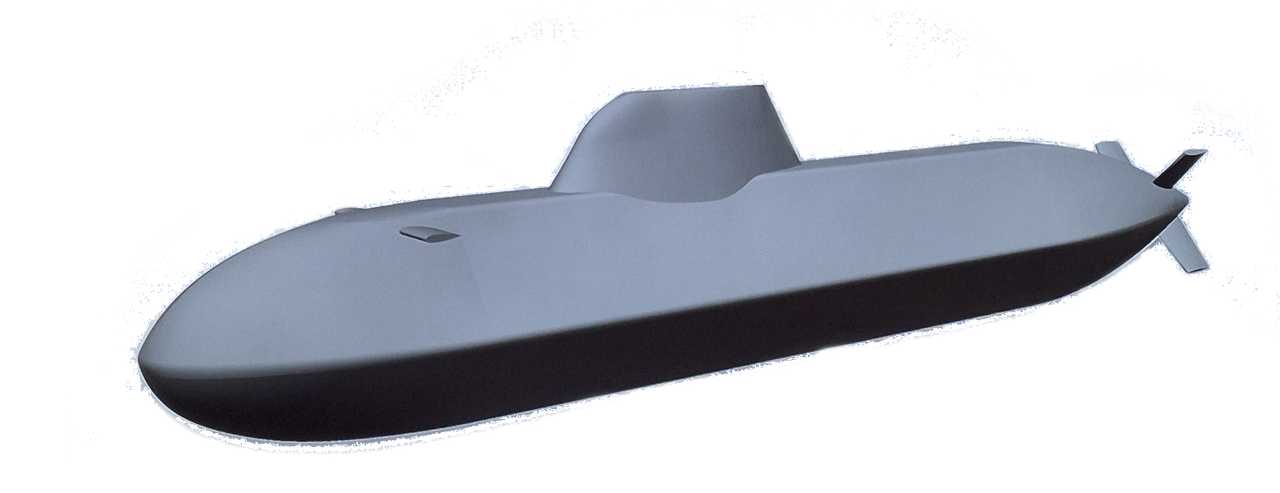
ThyssenKrupp Marine Systems (TKMS) has completed a critical design review (CDR) for its radical new submarine concept, featuring “Stealth Shaping,” which was previously unveiled for the Indian Navy’s P-75I program. The concept, inspired by the Type-212CD submarines currently under development for Germany and Norway, demonstrates the maturity of the design and its potential to meet the Indian Navy’s stringent requirements.
The CDR involved a comprehensive review of over 100,000 pages of documentation to ensure the design met approximately 6,000 contractual requirements, according to the German Ministry of Defense. The Type 212CD design is a significant advancement over its predecessor, the Type 212A, and while the specific variant offered to India is yet to receive an official designation from TKMS, it is based on the core principles of the Type 212CD.
Continue readingSOURCE: RAUNAK KUNDE / NEWS BEAT / IDRW.ORG

Dr Samir V Kamat, the chairman of the Defence Research and Development Organisation (DRDO), has announced that the Air-independent propulsion (AIP) system will be integrated into the Indian Navy’s Scorpène submarine by 2026. This significant upgrade will substantially enhance the submerged endurance of the diesel-electric submarine, bolstering its capabilities.
The AIP system will be inserted into the Scorpène submarine through a process involving cutting and welding. This innovative approach will enable the submarine to remain submerged for extended periods, significantly improving its operational effectiveness. As Dr Kamat emphasized, the success of a submarine lies in its ability to remain undetected. By staying submerged for longer durations, the AIP-equipped Scorpène will gain a tactical advantage, enhancing the Indian Navy’s capabilities.
Continue readingSOURCE: RAUNAK KUNDE / NEWS BEAT / IDRW.ORG
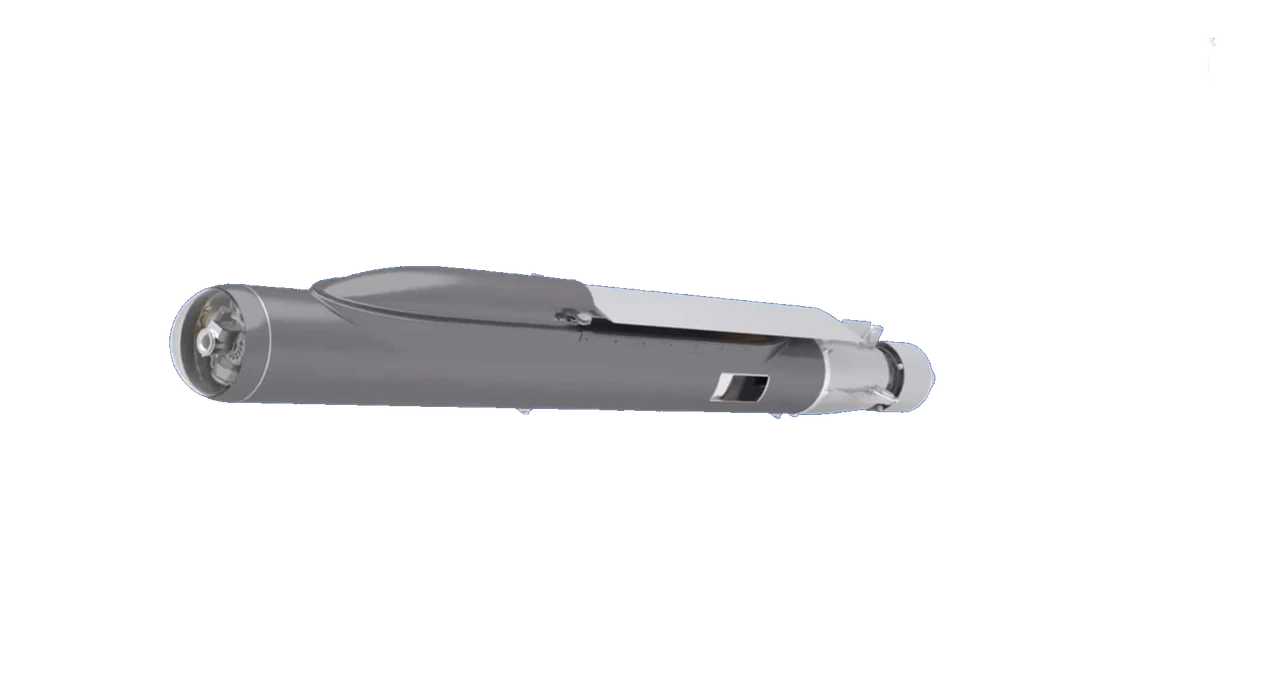
In a significant development for India’s defence capabilities, a private sector firm is now pioneering the development of turbojet-powered loitering munitions designed for the Indian Army and Navy.
These advanced munitions are set to revolutionize long-range target neutralization with their ability to strike from distances ranging from 25 km to 100 km. These loitering munitions can be launched from unmanned aerial vehicles (UAVs), providing flexibility and adaptability in various combat scenarios, With a range of 25km to 100km, these munitions can engage targets deep within enemy territory.
Continue readingSOURCE: IDRW.ORG TEAM

India’s naval deterrence is set for a significant upgrade with the upcoming S5 class of nuclear-powered ballistic missile submarines (SSBNs). These underwater behemoths, boasting a submerged displacement of a staggering 13,000 tons, will be powered by a revolutionary new reactor – the 190 MW Pressurized Light Water Nuclear Reactor (PWR) – developed indigenously by the Bhabha Atomic Research Centre (BARC).
This marks a substantial leap from the 83 MW reactors currently powering the Arihant-class SSBNs. The new design, according to sources at idrw.org, is complete and awaits funding clearance before construction of a land-based prototype can begin.
Continue readingSOURCE: IDRW.ORG TEAM

Dassault Aviation, the renowned French aerospace company, has announced a resumption of new contract signings following a reorganization of its production and supply chain. One of the major orders expected to materialize soon is from India, which plans to ink a deal for 26 Rafale M carrier-based fighters worth approximately Rs 50,000 crore.
The Indian Navy will become the second operator of the Rafale M, joining the French Navy as the proud owner of this advanced fighter aircraft. Given the limited number of aircraft carriers in the world, India is likely to remain the second-largest operator of the Rafale M.
Continue readingSOURCE: RAUNAK KUNDE / NEWS BEAT / IDRW.ORG
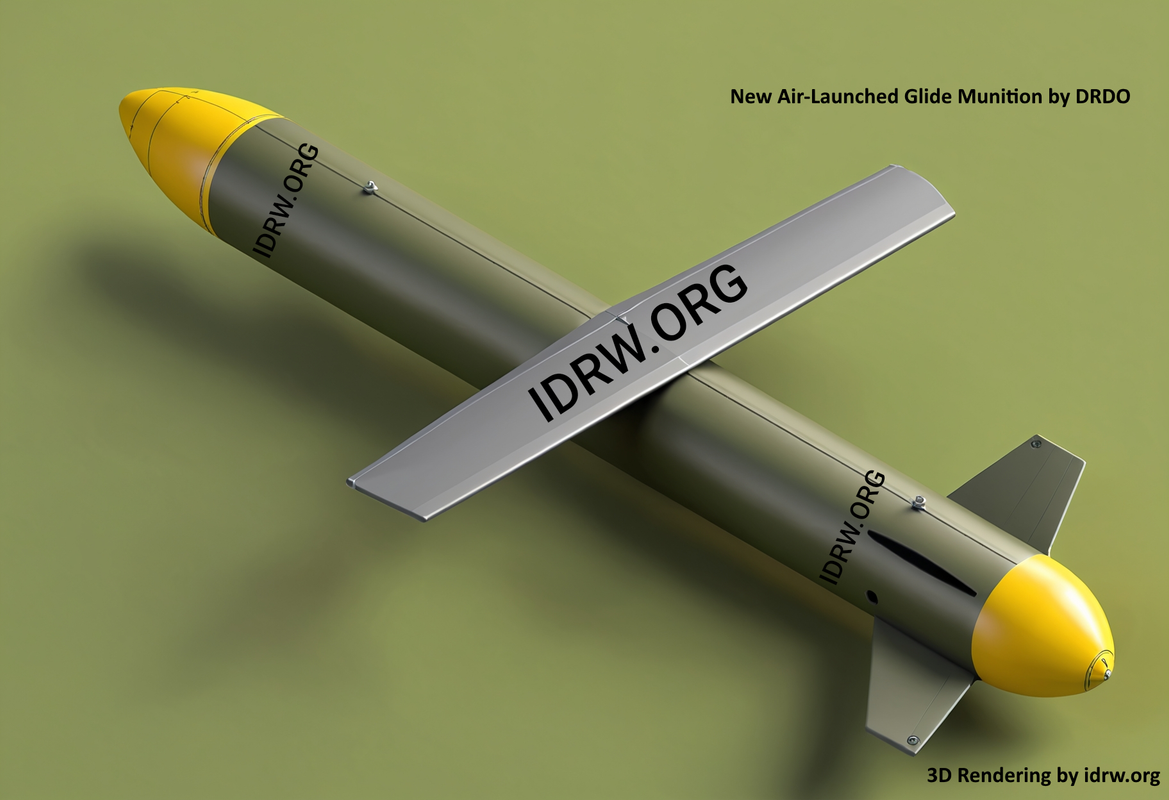
A leaked image of a wind tunnel model of an upcoming air-launched glide munition (ALGM) under development by the Defence Research and Development Organisation (DRDO) has revealed key details about its design and capabilities.
The model showcased above shows a deployable wing on the mid-section and four actuated rear fins in an X configuration. Notably, the munition does not appear to have its own propulsion system, suggesting that it relies on the initial boost provided by the launch aircraft to achieve its desired trajectory and range.
Continue readingSOURCE: RAUNAK KUNDE / NEWS BEAT / IDRW.ORG
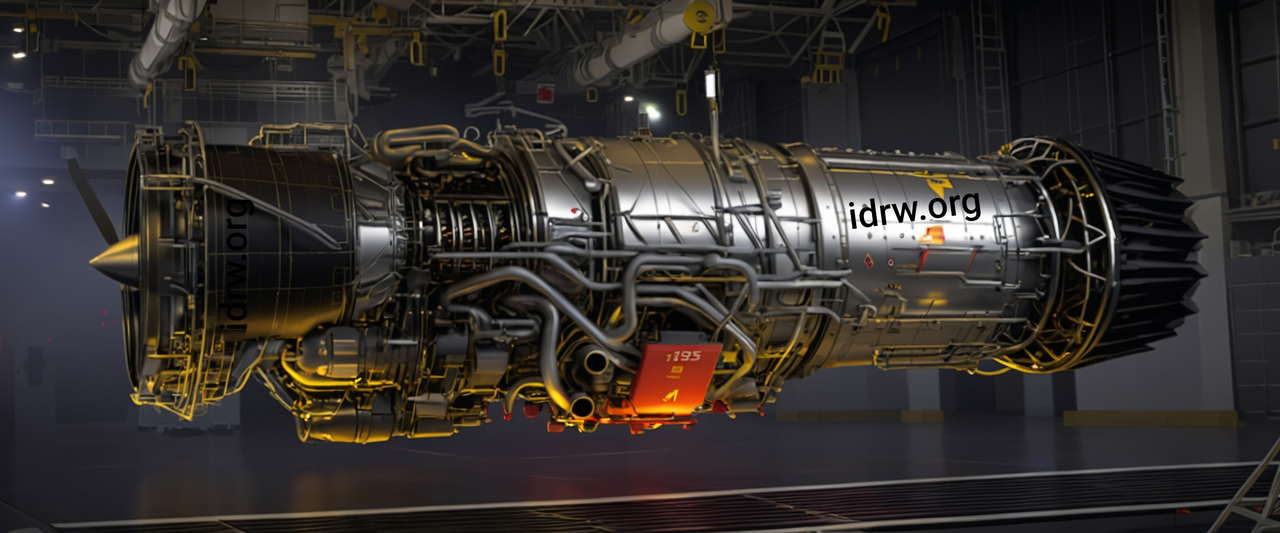
India is set to develop a new high-thrust engine for its Advanced Medium Combat Aircraft (AMCA) program, the country’s ambitious 5th-generation fighter jet project. According to sources within the Gas Turbine Research Establishment (GTRE), which is the lead agency responsible for this development, the new engine will require a minimum accumulated 1,600 hours of running time over nearly eight years before it can be cleared for production.
The development of the new 110 kN thrust class engine, in collaboration with a foreign Original Equipment Manufacturer (OEM), is projected to take nearly eight years, with extensive testing protocols set to validate its performance. GTRE sources indicate idrw.org that the initial 3-4 years of this timeline will be dedicated to ground-based testing. During this phase, the engine’s various parameters, such as fuel efficiency, reliability, and thrust output, will be meticulously evaluated.
Continue readingSOURCE: RAUNAK KUNDE / NEWS BEAT / IDRW.ORG

The Russian aerospace firm United Aircraft has expressed interest in partnering with India to locally manufacture its Il-76MD-90A transport aircraft. This proposal aims to replace the Indian Air Force’s (IAF) ageing fleet of Il-76MDs, which were acquired in the early 1980s.
The Il-76MD-90A is a modernized version of the Il-76MD, featuring significant upgrades and improvements. Powered by new, more powerful PS-90A-76 engines, the aircraft offers enhanced take-off, landing, and cruise performance, increased payload and flight range, improved efficiency, and reduced noise and emissions. Over 70% of the aircraft’s systems have been updated, resulting in a payload increase from 40 to 60 tons and enhanced flight safety.
Continue readingSOURCE: IDRW.ORG TEAM

In a significant boost to India’s indigenous aerospace industry, SAFHAL Helicopter Engines Private Limited (SAFHAL), a joint venture between Hindustan Aeronautics Limited (HAL) and Safran, has signed an airframer contract to develop and manufacture a new generation of high-power engines named “Aravalli.” These engines are poised to power HAL’s upcoming medium-lift helicopters, the Indian Multi-Role Helicopter (IMRH) and the Deck-Based Multi-Role Helicopter (DBMRH).
The Aravalli engines are estimated to cost around 12-14 crores per unit. With a planned production of over 400 IMRH and DBMRH helicopters, each requiring 3-3.5 engines throughout their 30-year service life, the total demand for Aravalli engines is expected to reach nearly 1300 units.
Continue reading